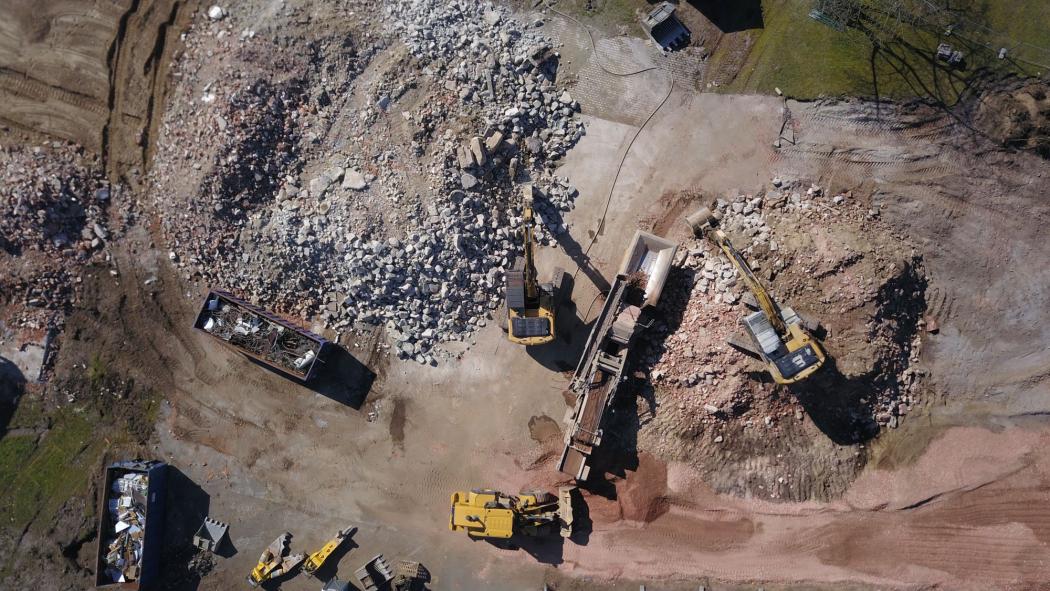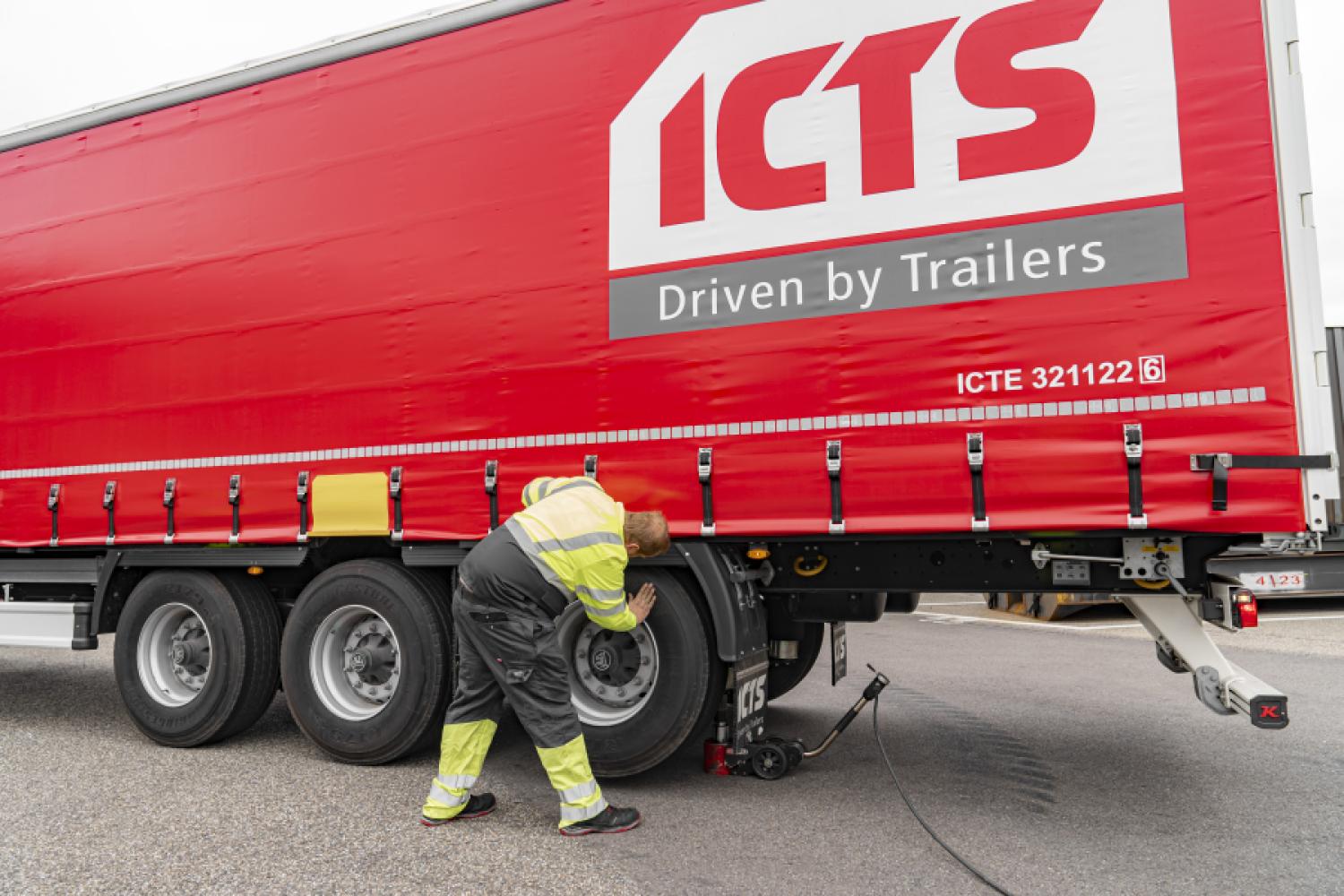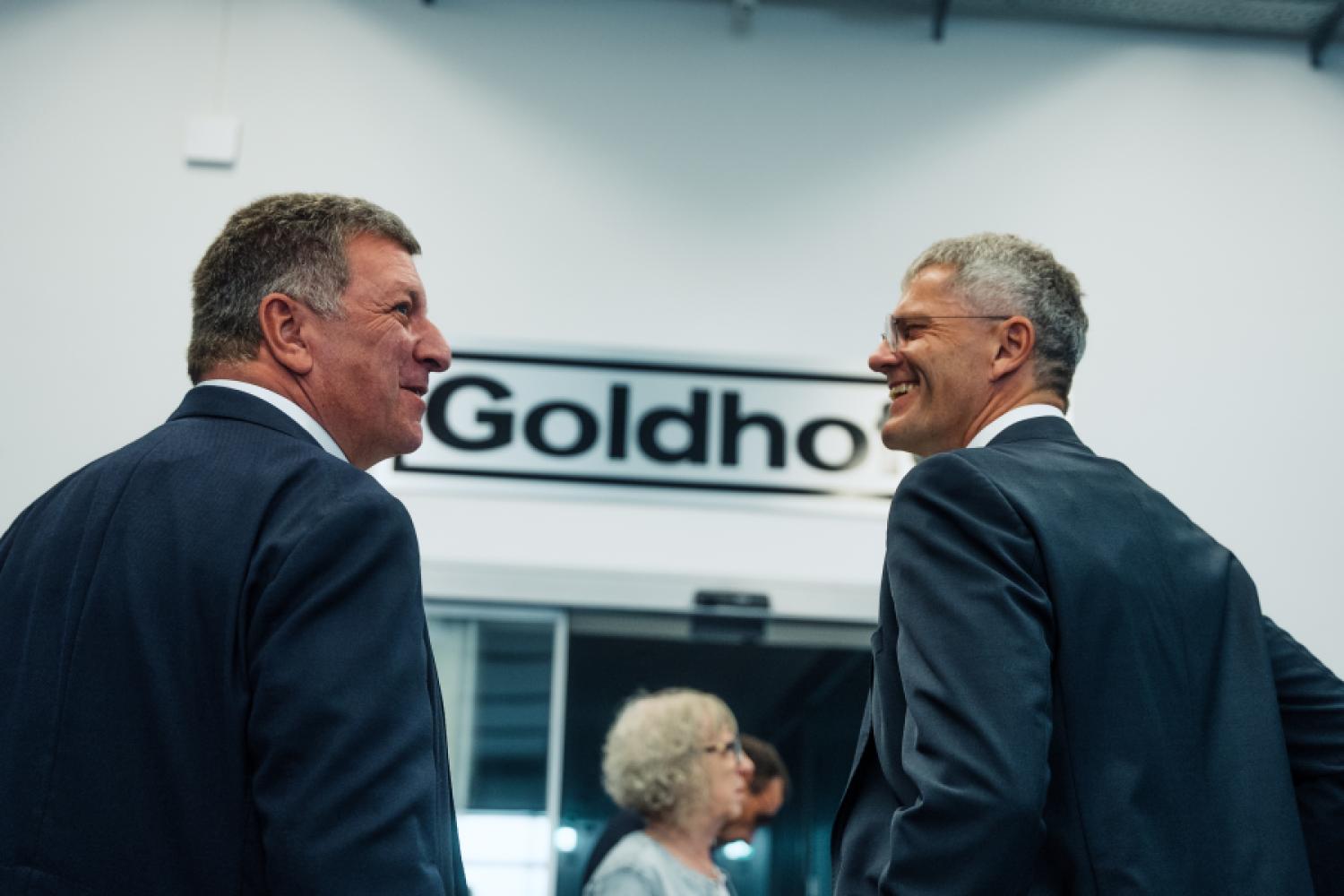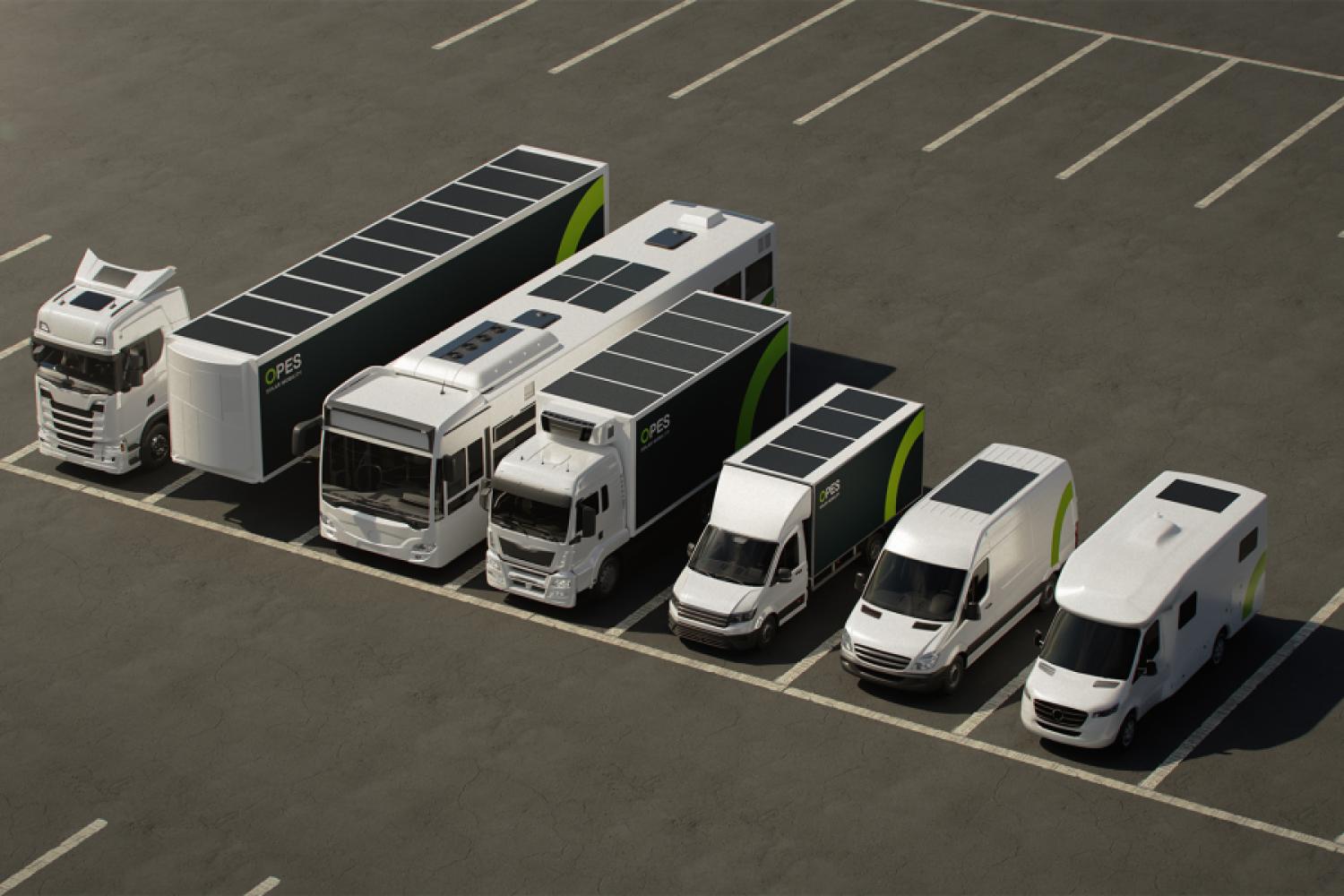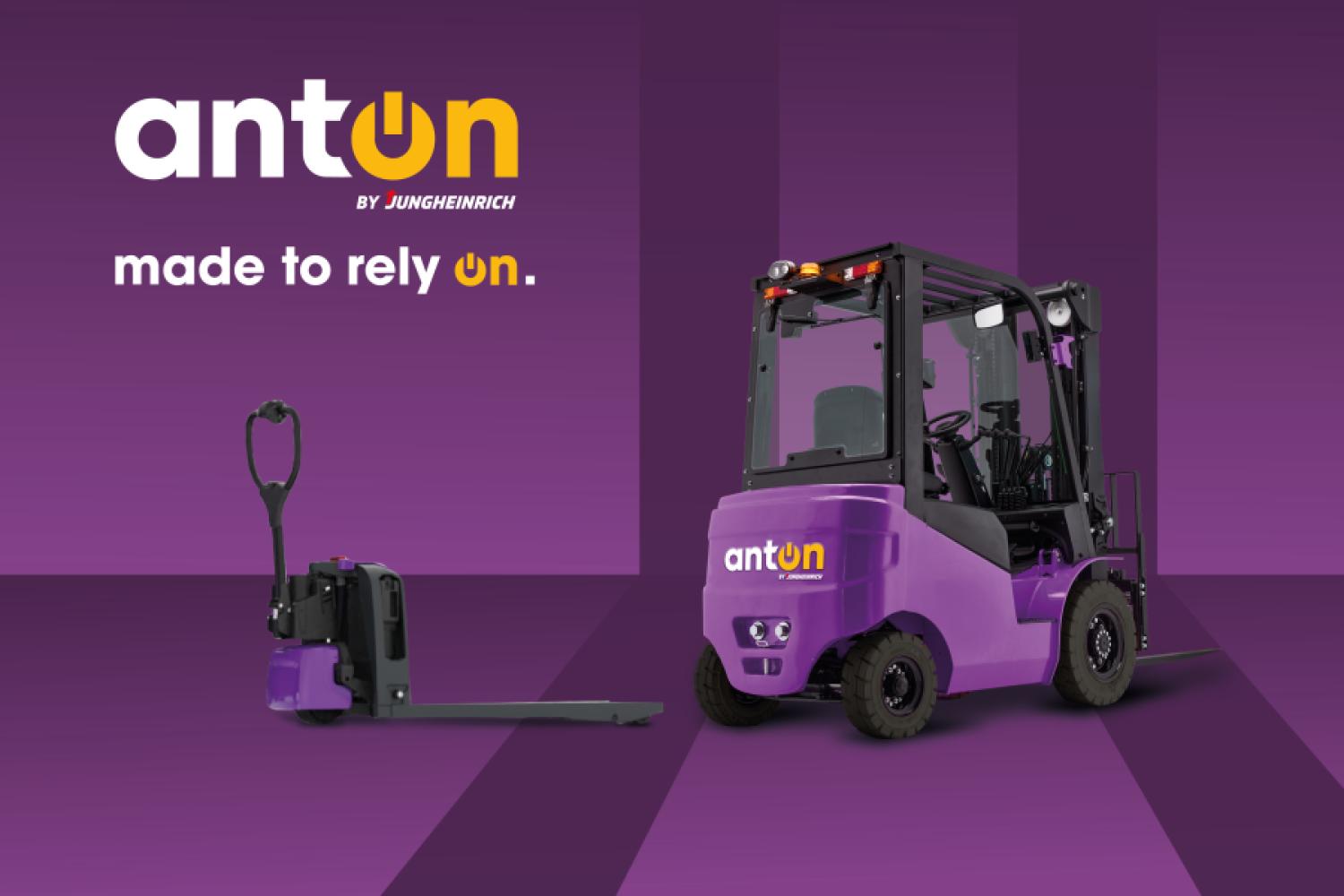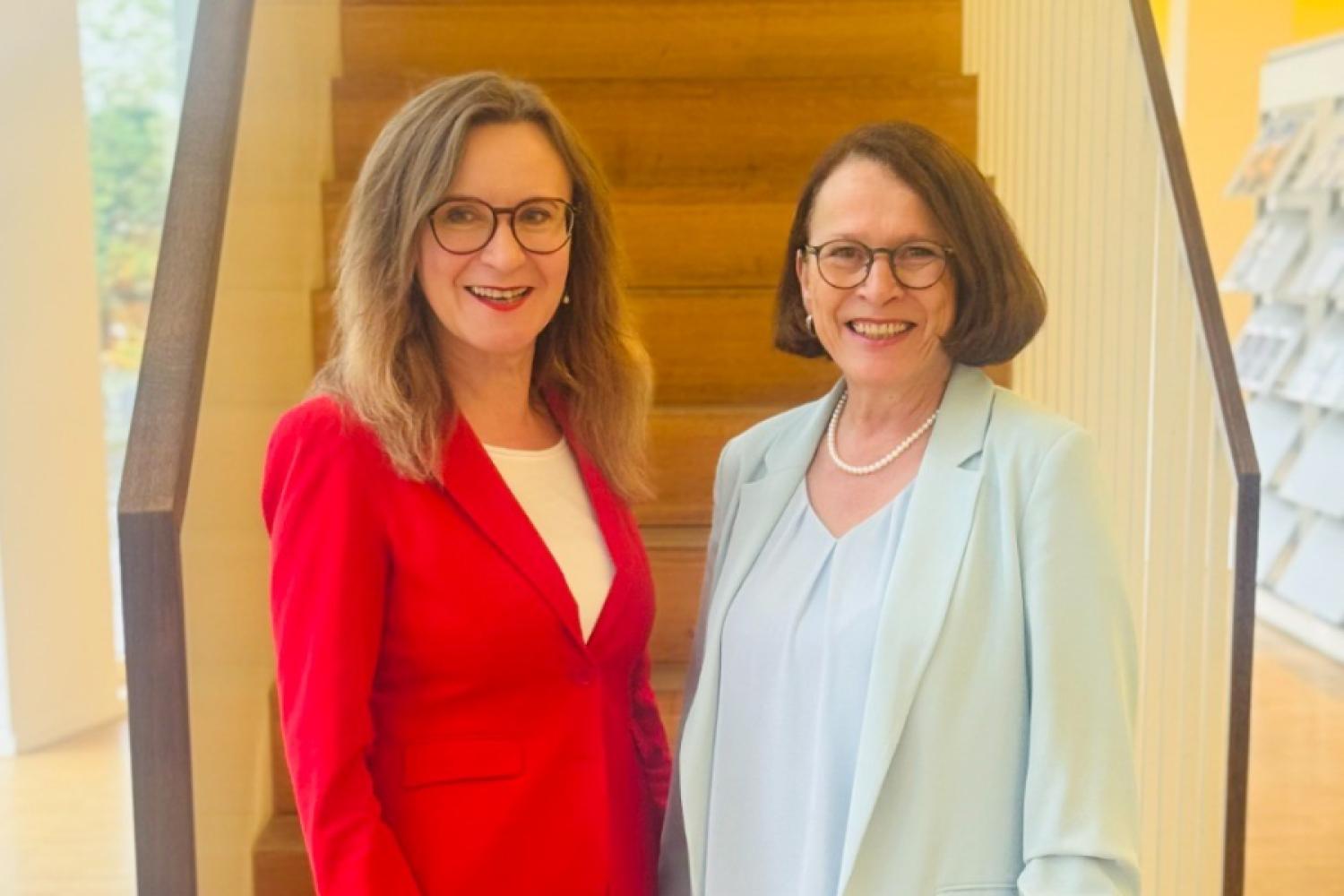The brownfield developments in new logistics property construction in Germany have surpassed the 50 percent mark for the first time in the first half of 2025, slightly ahead of the greenfield projects. According to the evaluations of the Munich logistics real estate advisor Logivest's own research data, a total of 52 percent of the approximately 1.7 million square meters of new construction volume are being built on an industrial brownfield site – more than ever before.
“Brownfield projects have been on
the rise for several years. The first-time exceeding of the 50 percent mark clearly shows that logistics can no longer do without the revitalization of industrial brownfields,” said Kuno Neumeier, CEO of the Logivest Group. According to Logivest, the reasons for the predominance of brownfield projects are “the still very hesitant allocation of land for logistics as well as the land consumption target, which the federal government has reduced to under 30 hectares per day by 2030.”
Just large-volume projects, according
to Logivest, are hardly realizable on greenfield sites anymore. Two of the three largest new logistics constructions in the first half of 2025 are located on a brownfield. With nearly 72,000 square meters, the MLP Business Park Schalke is currently the largest development in all of Germany, according to Logivest. The business park is being built on the site of the former Thyssen wire plant in Gelsenkirchen. The third-largest project of the first six months, the approximately 63,000 square meter built-to-suit
property that Dietz AG is realizing for the Winkler Group, is also located on a brownfield in Langenau near Ulm.
“While the number of brownfield projects in the logistics region of Swabia is generally rather manageable, around 90 percent of developments in the Ruhr area today are on an industrial brownfield,” said Neumeier. “Logistics has caught up with the structural change here and revitalized the large industrial brownfields. A win-win situation – albeit with sometimes massive effort for developers and investors,”
